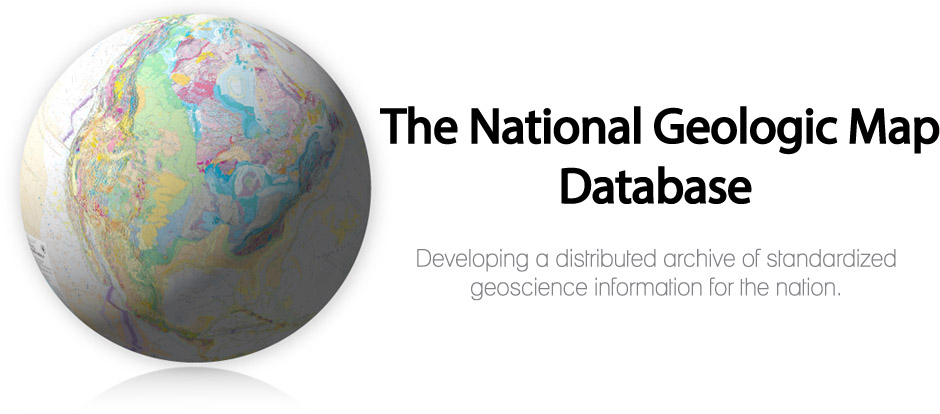Filters: Tags: hazards (X) > Date Range: {"choice":"month"} (X)
4 results (27ms)|
Filters
Date Types (for Date Range)
Types
Contacts
Categories Tag Types Tag Schemes |

The National Geologic Map Database (NGMDB) is a Congressionally mandated national archive of geoscience maps, reports, and stratigraphic information. The Geologic Mapping Act of 1992 and its Reauthorizations calls for the U.S. Geological Survey and the Association of American State Geologists (AASG) to cooperatively build this national archive, according to technical and scientific standards whose development is coordinated by the NGMDB. The NGMDB consists of a comprehensive set of publication citations, stratigraphic nomenclature, downloadable content in raster and vector formats, unpublished source information, and guidance on standards development. The NGMDB contains information on more than 110,000 maps and...
The USGS Wyoming-Montana Water Science Center (WY–MT WSC) completed a report (Sando and McCarthy, 2018) documenting methods for peak-flow frequency analysis following implementation of the Bulletin 17C guidelines (England and others, 2019). The methods are used to provide estimates of peak-flow quantiles for 66.7-, 50-, 42.9-, 20-, 10-, 4-, 2-, 1-, 0.5-, and 0.2-percent annual exceedance probabilities (AEPs) for selected USGS streamgages. This data release presents peak-flow frequency analyses based on methods described by Sando and McCarthy (2018), for selected streamgages in Carter, Custer, Fallon, Powder River, and Prairie Counties, and the Powder River Basin, based on data through water year 2022.
Types: Map Service,
OGC WFS Layer,
OGC WMS Layer,
OGC WMS Service;
Tags: Boxelder,
Carter County,
Custer County,
Fallon County,
Hydrology,
Provided here is a globally distributed catalog of earthquakes and nuclear explosions with calibrated hypocenters, referred to as the Global Catalog of Calibrated Earthquake Locations or GCCEL. This dataset contains more than 23,736 earthquakes in 344 well distributed clusters. Currently there are more than 4M arrival times with the majority being the Pg, Pn, P, Sg, Sn and S phases. The term “calibrated” refers to the property that the hypocenters are minimally biased by unknown Earth structure and that the uncertainties are meaningful. Uncertainties are calculated using empirically determined variability of the arrival time data itself, specific to each calibrated cluster of hypocenters. The data are carefully...
Categories: Data;
Types: Downloadable,
Map Service,
OGC WFS Layer,
OGC WMS Layer,
Shapefile;
Tags: Earth,
biota,
earthquake occurrences,
earthquakes,
earthquakes,
This Data Release contains preliminary versions of three related geologic input databases for the Puerto Rico and U.S. Virgin Islands (PRVI) region (62°–70° W and 16°–21° N) of the United States: 1) A fault sections database (“NSHM2025_FaultSections_PRVI_v1’”), which depicts the geometry of faults capable of hosting independent earthquakes, 2) a fault-zone polygon database ("NSHM2025_FaultPolygons_ PRVI_v1"), which depicts the geometry of distributed fault zones capable of hosting repeated large magnitude events but a specific fault source remains unidentified, and 3) An earthquake geology site information database (“NSHM2025_EQGeoDB_ PRVI_v1”), which contains fault slip-rate and earthquake recurrence constraints...
Categories: Data;
Tags: Geomorphology,
Hispaniola,
Northeast Caribbean,
Puerto Rico,
Structural Geology,
|

|